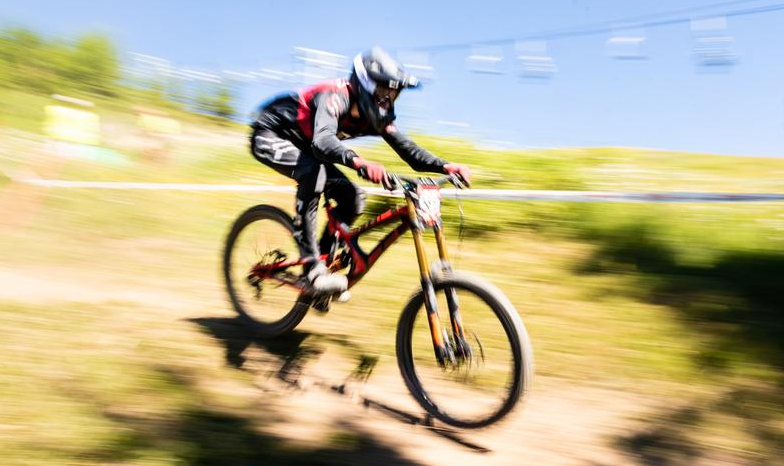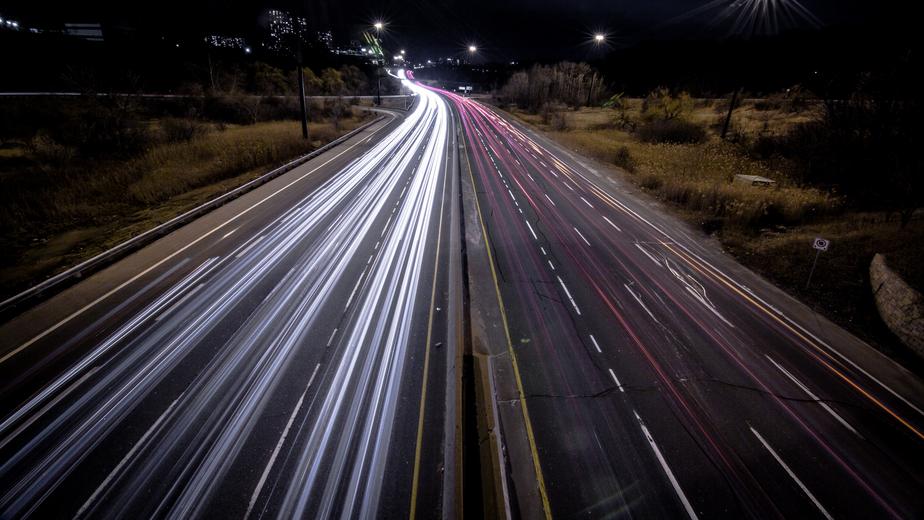
Shutter speed or exposure time is simply the time your camera will let light into its sensor.
By adjusting the exposure time, you can either capture short movements or, on the contrary, slow movements.
Shutter speed is one of the three settings to configure exposure with aperture and sensibility .
Notation of exposure time
We note the exposure time as a fraction of seconds or in seconds for long exposures.
The exposure time is noted in fractions of a second or in seconds for long times.
For example 1/1000" is an exposure time of 1 thousandth of a second or 1 ms. 10" is an exposure time of 10 seconds.
Set the exposure time
To modify the shutter speed, you need to switch to the M Mode (Manual) or the S Mode (speed priority).
For beginners, it’s best to use the S Mode in order to let your camera take care of setting the aperture for you and ensure exposure is correct.
Short exposure times
To capture very short movements, you will be able to adjust your camera to a very short exposure time. For short exposure times, it is not recommended to switch to Mode M, you might miss your subject if your settings are not perfect.
An example of the usefulness of a short exposure time is to capture, for example, wing beats like that of the hummingbird in the following photo :

Photo by Domenic Hoffmann
Very short exposure times may also be of interest in very bright environments.
Long exposure times
If you want to capture slow motions then a long exposure time will be interessant. As an example, the following photo uses a long exposure time to capture a smooth effect of the water movement :

Photo by Michael Schwarzenberger
It’s important to note that with long exposure you’ll need to lower the aperture of your lens or even use filters to limit the quantity of light that will enter your camera. During the day, the overexposure of a long exposure shoot can be rapid.
Long exposure times are also interesting in very dark environments such as for astronomical photography, the stars are not very bright.
The following photo represents the Milky Way which is not (or not much, depending on the locations) visible to the naked eye :

Photo by Free-Photos
Long exposure times are also used for more artistic applications such as light painting as in the following photo :

Photo by Matthew Henry
Choose your hardware
The minimum and maximum shutter speed (lowest or highest exposure time) will be set by your camera. It will therefore be necessary to ensure that your equipment is compatible with what you want to do.
For very long exposures, you will also need to equip yourself with ND filters to limit the amount of light entering.
An ND2 filter divide the quantity of light by 2 whereas an ND1000 filter will divide it by 1000. To put it simply, with an ND1000 filter, you’ll be able to multiply the exposure time by 1000 without affecting your global exposure.
Of course, for long exposures, the use of a stable tripod is mandatory, otherwise your photo will be blurry.
Cover photo by Fraser Pitkethly